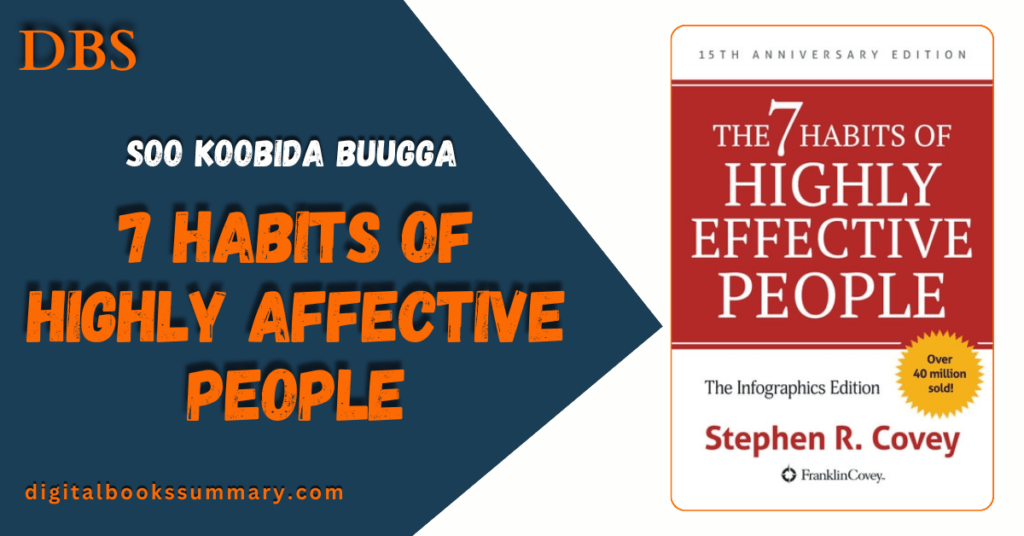introduction
“Think, Fast and Slow” by Daniel Kahneman is a groundbreaking exploration of the two systems that drive the way we think: It begins with the notion of two separate systems of thinking, System 1 and System 2.
Here’s a summary of the Think, Fast and Slow key points:
- System 1 and System 2: Kahneman views two systems of thinking as a core concept. It runs most of the time behind you hands and it is quick and intuitive choosing the easiest solutions. System 2 is moderate, consequent, and logical, with the conscious would of sufferer.
Heuristics and Biases: He introduces different bias and shortcuts, which Kahneman believes contributes to such behavior.
These simplified mental shortcuts will give rise to mistaking, incorrect decisions as well as perceptions of hazards, probabilities and framing options.
Prospect Theory: The prospect theory that Kahneman and Tversky, two of them, developed concerns how people perceive, consider potential gains and losses.
This theory claims that people usually react emotionally to losses rather than gains, and therefore take into account the features of reference points and frame effects during their decision-making process.
Overconfidence and Anchoring: Through the book, you will learn about things like being too confident where people are likely to become overly optimistic about what they can do and what they are going to do.
Sticking is the term used to describe the propensity of an individual to trial too much on the initial passed on or as ‘anchors’ when deriving conclusions or estimating.
Regression to the Mean: Regression to the mean is a principle explained by Khanemann. It notes that outcomes that are extreme, move in the direction of average over time.
This idea is crucial in explaining such occurrences as an outcome of sports achievement, economy performance, and judging treatment impact.
Happiness and Well-Being: Kahneman talks about the dichotomy of the experiencing self and the memory self in respect to pleasure or happiness.
He expounds how our memories of the past are, on many occasions, not true representations of the experiences themselves, and our subconsciousness plays a big role.
As a result, our feelings of happiness and the general health are conditioned by our hypothetical states.
Applying Behavioral Insights: A concluding part of the book gives practical considerations of applied behavioral economics to the decision-making processes in different areas, i. e. finance, public policy, medicine, and organizational management.
Another key point, which is brought forward by Kahneman, is that we should admit the blocking of cognitive biases to make choices, which are more rational.
conclusion
“Think, Fast and Slow” entails a very engaging and instructive study of the cognitive processes of the human mind and decision making which allows the establishment of useful principles and guidelines for personal life as well as instances of business governance.






